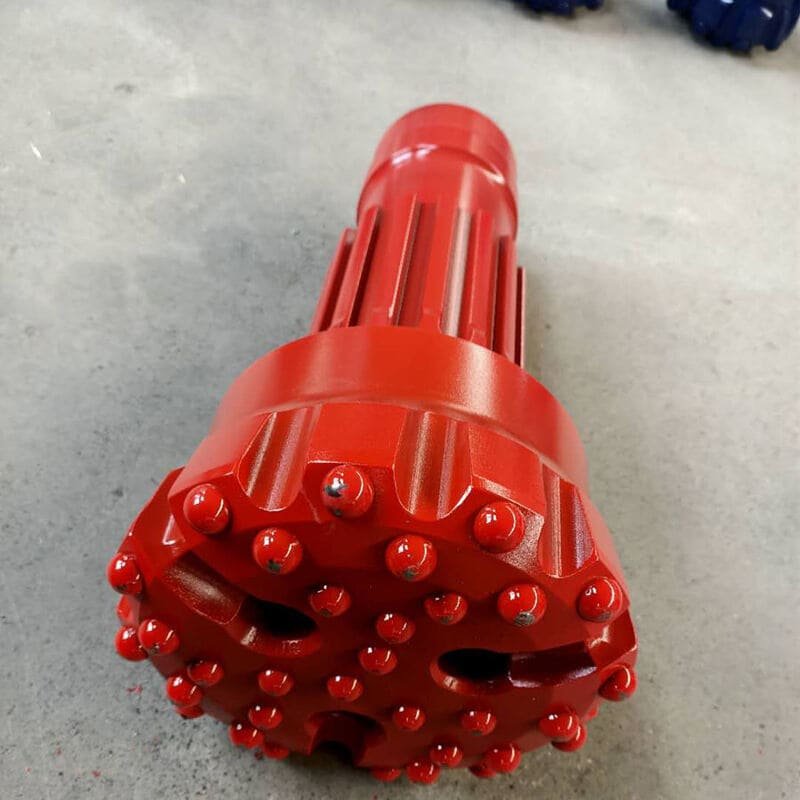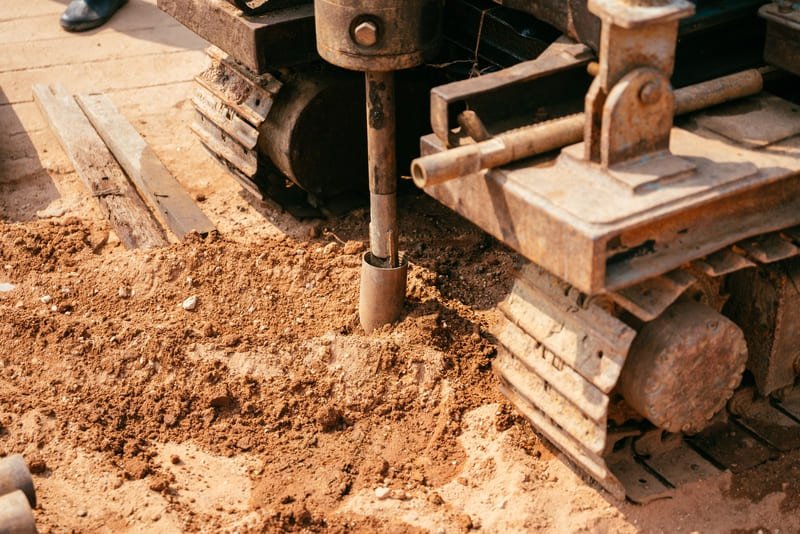
Ever found yourself in a maze of drilling equipment options, wondering which is truly the best fit?
I’ve discovered that DTH drill bits excel over button bits, especially when tackling hard rock. Their enhanced efficiency, superior energy transfer, and ability to maintain accuracy at great depths make them indispensable for challenging projects. Plus, they offer faster penetration and less vibration, crucial for optimal performance.
When I first started navigating the world of drilling, the sheer volume of choices was overwhelming. But as I dug deeper into the specifics, DTH drill bits stood out for their reliability and performance. Their percussive action, combined with rotation, allows them to power through even the toughest rock formations with surprising ease.
One memorable project involved drilling through a particularly stubborn layer of granite. The DTH drill bit not only kept its cool under pressure but delivered consistent results without the hiccups I'd experienced with other tools. This consistency is vital when you're deep into a project and can't afford delays.
Another aspect that really caught my attention was the reduced vibration. I remember the stark difference this made on a particularly noisy site, where every bit of noise reduction counted. DTH's quieter operation was a godsend for maintaining peace both on-site and with nearby residents.
And let's not forget the depth capability—DTH bits are like the marathon runners of the drilling world, maintaining their efficiency well beyond 30 meters. This was a game-changer for a geothermal well project I worked on, where depth accuracy was non-negotiable.
Ultimately, while the initial cost might seem steep, the long-term savings from reduced wear and tear and increased efficiency make DTH drill bits a smart investment. They've become my go-to choice for ensuring quality and precision in my drilling endeavors.
DTH drill bits offer faster penetration in hard rock.True
DTH bits combine percussive and rotational action, enhancing penetration.
Top hammer systems lose less energy than DTH drill bits.False
DTH bits have direct energy transfer, reducing energy loss compared to top hammer.
How Do DTH Drill Bits Enhance Drilling Efficiency?
I remember the first time I discovered how DTH drill bits could transform a tough drilling project into a breeze.
DTH drill bits improve drilling efficiency by ensuring superior energy transfer and precision in deep drilling, all while reducing vibration and offering versatility across various rock types. Their innovative design allows for faster penetration rates and straighter holes, making them ideal for projects that demand precision and reliability.
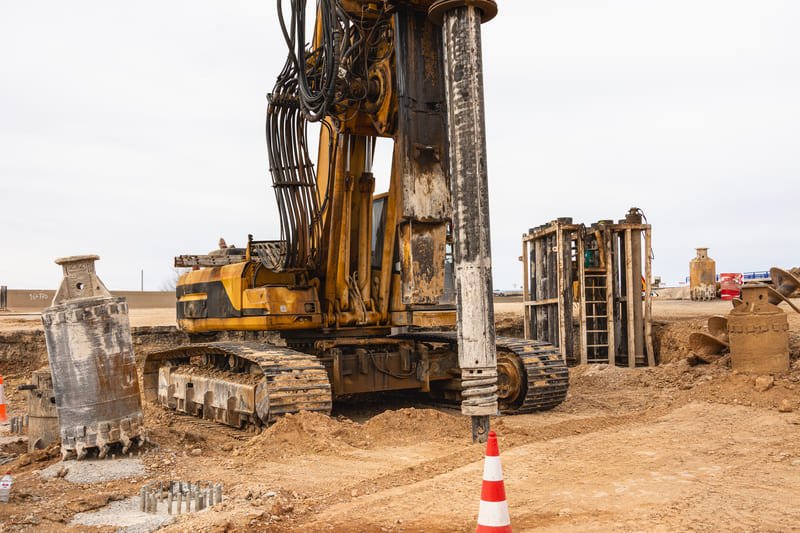
Superior Energy Transfer
The fundamental advantage of DTH drill bits lies in their efficient energy transfer mechanism. I can still recall a project where the ground seemed determined to resist every effort to drill through it. That's when I learned about the magic of DTH drill bits. Unlike top hammer systems, DTH bits have the hammer located directly behind the bit, ensuring minimal energy loss. This design allows for more forceful impact on the rock face, leading to faster penetration and reduced wear on the drill string—a huge relief when you're battling with tough rock formations where energy efficiency1 is crucial.
Depth and Accuracy
When drilling beyond 30 meters, maintaining hole accuracy becomes challenging with conventional methods. I once found myself part of a team tasked with drilling for a geothermal well project. However, DTH drill bits excel in this regard due to their ability to produce straighter holes with less deviation, even when rock formations were unpredictable. This precision was crucial for us as it ensured that our core samples were top-notch, which made our geological assessments much more reliable in mining exploration2.
Vibration and Noise Reduction
DTH drilling significantly reduces vibration compared to traditional methods. One unforgettable experience was drilling in a residential area with strict noise regulations. The reduced vibration not only extends the lifespan of equipment but also enhances operator control over the process. In urban areas or noise-sensitive projects, the quieter operation of DTH systems can be a decisive factor—keeping peace with neighbors while adhering to noise regulations is always a win-win.
Versatility Across Conditions
One standout feature of DTH drill bits is their adaptability across diverse rock types and hardness levels. There was this one challenging site with rock conditions that seemed to change every few meters. By adjusting air pressure and hammer size, these bits effectively tackled varying conditions, ensuring consistent performance where other methods faltered.
Cost-Effectiveness in Deep Drilling
Although initially hesitant about the cost of DTH technology, its long-term benefits became apparent during deep drilling projects. The combination of reduced equipment wear and increased speed translated into significant cost savings over time—especially true when dealing with overburden layers before reaching harder rock beneath. Investing in DTH proved strategic for our deep drilling projects3, offering both efficiency and economic advantages.
DTH bits are more efficient in hard rock.True
Their percussive action and rotation enable faster penetration rates.
DTH drilling causes more vibration than top hammer methods.False
DTH drilling generates less vibration, reducing equipment wear.
Why Choose DTH Drill Bits for Deep Drilling?
Ever wondered why DTH drill bits are the go-to for deep drilling? Let me take you through the reasons!
DTH drill bits are preferred for deep drilling due to their efficient energy transfer, reduced vibration, and precise accuracy even at significant depths, ensuring optimal performance and longevity.
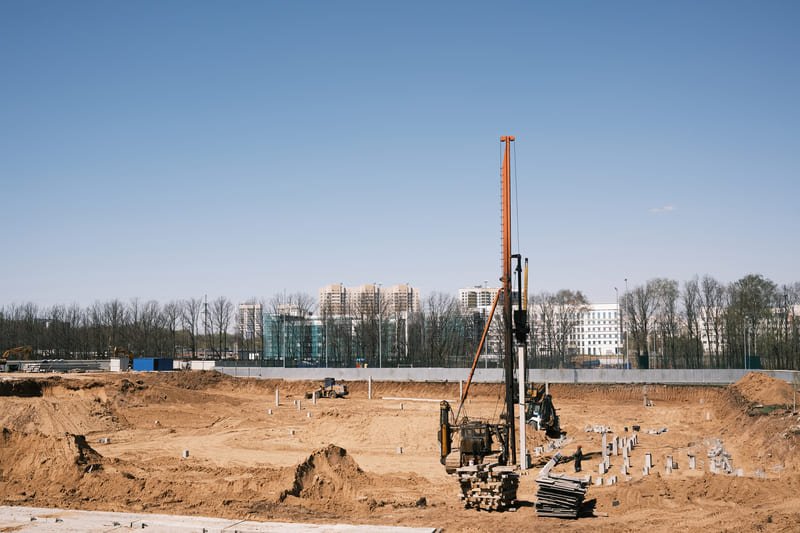
Drilling Efficiency and Energy Transfer
Imagine this: I'm on-site, staring down at a seemingly impenetrable rock formation. My team and I have tried various methods, but it wasn't until we switched to DTH (Down-the-Hole) drill bits that we saw a breakthrough—literally. The efficiency of these bits is like having a magic wand for hard rock. The hammer sits right behind the bit, meaning energy transfer is direct and powerful, unlike other systems where energy diminishes before reaching its target. This direct approach not only speeds up our work but also keeps our costs down—a win-win!
Depth Capability and Hole Accuracy
When it comes to depth, I've learned not all drill bits are created equal. DTH drill bits, however, are game-changers. They're like the trusty compass on a rocky path—steadfast and reliable. Whether drilling for geothermal wells or laying foundations, I've found these bits can go beyond 30 meters while maintaining a straight path. This precision is crucial; after all, in engineering projects, a slight deviation can mean the difference between success and a costly mistake.
Vibration and Noise Reduction
There's something quite satisfying about a quiet worksite—it's easier on the ears and the nerves. DTH drilling doesn't just keep the peace; it minimizes wear and tear on our equipment. I remember the days when vibration was a constant worry, but with DTH bits, that's a thing of the past. This reduced vibration extends the life of our tools and helps us comply with those pesky noise regulations4 in urban areas.
Versatility and Sample Quality
Every project brings new challenges, from different rock types to varying hardness levels. With DTH drill bits, it's like having an adaptable toolkit that suits whatever Mother Nature throws our way. Adjusting air pressure and hammer size allows us to tackle diverse conditions without compromising on performance. And when it comes to core samples for geological assessments, these bits deliver quality every time, making our exploration activities more precise.
Cost-Effectiveness in Overburden Drilling
Initially, I hesitated at the higher costs of DTH systems, but now I can't imagine going back. When drilling through overburden before hitting hard rock, these bits prove their worth time and again. The ability to switch seamlessly between rock types saves us time and resources—a crucial factor in complex drilling operations5. In the long run, the investment pays off in efficiency and reduced equipment wear.
In my experience, choosing DTH drill bits for deep drilling isn't just about better performance—it's about smarter, more sustainable operations that meet our project's demands head-on.
DTH drill bits are quieter than top hammer methods.True
DTH drilling reduces noise, beneficial in urban areas.
DTH bits are less effective in hard rock formations.False
They excel in hard rock due to efficient energy transfer.
How Does Energy Transfer Differ Between DTH and Button Bits?
Ever wondered why some drill bits just seem to hit the mark better? It's all about how they transfer energy!
DTH bits deliver energy efficiently by placing the hammer right behind the bit, minimizing loss. Button bits, however, use a top hammer system where energy travels through the drill string, often leading to energy loss and less effective penetration, especially in deeper drills.
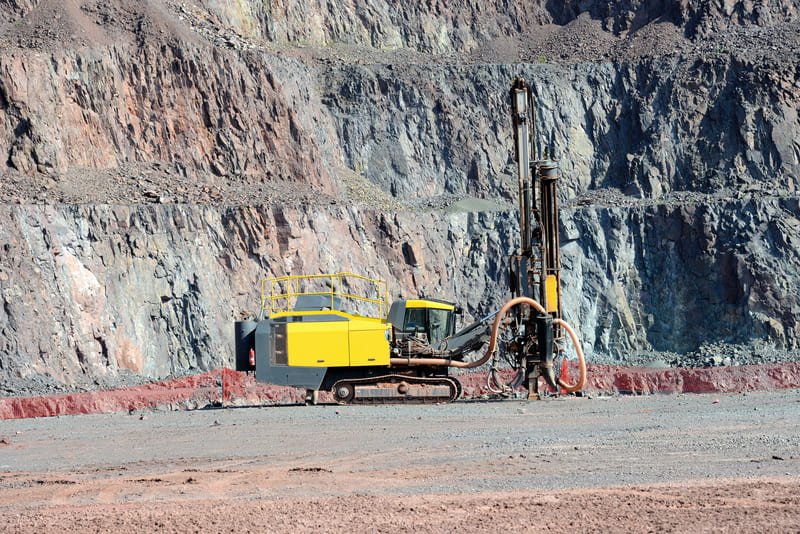
DTH Energy Transfer Efficiency
The Down-The-Hole (DTH) drilling system is characterized by its unique energy transfer6 mechanism. I remember the first time I encountered a DTH system; it was like witnessing a well-choreographed dance of mechanics and rock. The hammer sits snugly behind the drill bit, ensuring that almost every ounce of energy is directed straight to the rock face. This setup minimizes energy loss, making it a powerhouse for tackling hard rock. There's a certain satisfaction in seeing how effectively this system works, especially when you're in tough geological settings.
Button Bits and Energy Loss
On the flip side, my experiences with button bits have taught me patience—lots of it. Operating under a top hammer system means that energy starts at the surface and has to make a long journey down the drill string before reaching the bit. This can lead to significant energy dissipation, which isn't ideal when you're trying to get through tough layers. It’s a bit like sending a message in a game of telephone—by the time it gets to the end, some of it gets lost in translation.
Implications for Drilling Depth and Efficiency
When it comes to going deep—like really deep—DTH systems have shown me their true colors. They maintain efficient energy transfer, even at depths where other methods start to falter. With button bits, as the depth increases, so does the challenge, making DTH systems a better choice for deeper drilling tasks.
Environmental and Operational Considerations
Beyond just efficiency, there are other factors to weigh. I've learned that DTH systems are quieter and produce less vibration, which is a godsend in sensitive environments or urban areas. Plus, their consistent energy delivery reduces wear on equipment components, potentially saving on maintenance costs.
For more detailed insights into how these systems fare across different rock formations and how adaptable they are, diving into drilling adaptability7 can offer valuable perspectives on picking the right tool for the job.
DTH drill bits are quieter than top hammer methods.True
DTH drilling generates less noise, beneficial in noise-sensitive areas.
Button bits are more efficient than DTH in hard rock.False
DTH drill bits offer faster penetration rates in hard rock.
Why is hole accuracy important in drilling projects?
Ever tried drilling a hole and ended up with more of a crater? Accurate drilling is a game-changer!
Hole accuracy is vital in drilling projects because it ensures structural integrity, maximizes efficiency, and minimizes waste. Precise drilling aligns components perfectly, prevents costly errors, and enhances safety. Inaccurate holes can lead to delays and cost overruns, significantly impacting engineering and construction success.
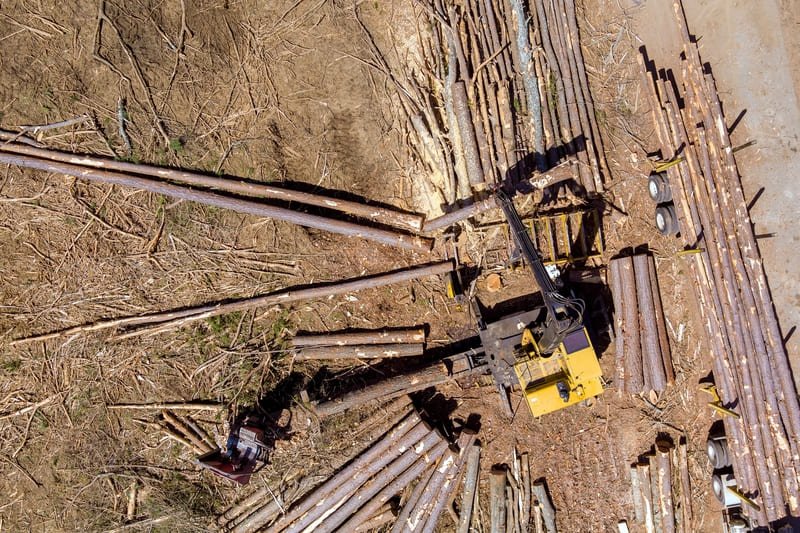
Importance of Structural Integrity
When I first took on a project involving drilling for a foundation, I quickly learned how crucial hole accuracy was. Imagine the horror of misaligned beams or supports! Precise holes ensure everything fits perfectly and can bear the intended loads. In high-stakes environments like offshore drilling8 or skyscraper construction, there's absolutely no room for error—everything must be spot on to prevent catastrophic failures.
Efficiency and Cost Reduction
I remember a time when precise drilling saved us from a potential financial disaster. In mining, for instance, accurate holes can mean the difference between efficiently extracting ore or wasting time and resources. The same applies in manufacturing—imagine the chaos of trying to fit mismatched parts together! Precision reduces waste, cuts costs, and keeps everything running smoothly.
Enhancing Safety Measures
Safety is always at the forefront of my mind during drilling operations. Misaligned holes aren't just a nuisance; they can lead to equipment malfunctions or even accidents. Ensuring accurate alignment helps prevent these risks and maintains our environmental commitments by avoiding unintended disturbances to surrounding ecosystems. It's especially crucial in areas like underground mining9, where safety can't be compromised.
Technological Advancements in Drilling Precision
Thanks to technology, achieving precision is now easier than ever. Tools like GPS-guided systems and laser measurements have revolutionized how we drill, allowing real-time adjustments to ensure perfect accuracy. This tech not only boosts drilling efficiency10 but also significantly reduces human error, which I've found to be a game-changer in our projects.
Impact on Project Timelines
I can't overstate how much accurate drilling affects our project timelines. Getting it right the first time means we avoid costly rework and can smoothly move from one phase to the next. This precision is crucial in time-sensitive operations like emergency infrastructure repairs11, where every second counts.
In my experience, focusing on hole accuracy isn't just about doing things right; it's about doing them better, safer, and more efficiently. Whether it's ensuring a building stands tall or that a machine runs smoothly, hitting the mark makes all the difference.
DTH drill bits are less efficient in hard rock.False
DTH drill bits are more efficient in hard rock due to percussive action.
DTH drilling produces straighter holes than top hammer methods.True
DTH drilling reduces deviation, crucial for accurate hole creation.
What Are the Cost Implications of Using DTH Drill Bits?
Ever wondered how investing in the right drill bit could save you money in the long run?
DTH drill bits may cost more upfront, but they pay off with long-term savings due to their efficiency, durability, and adaptability, making them ideal for tough drilling tasks.
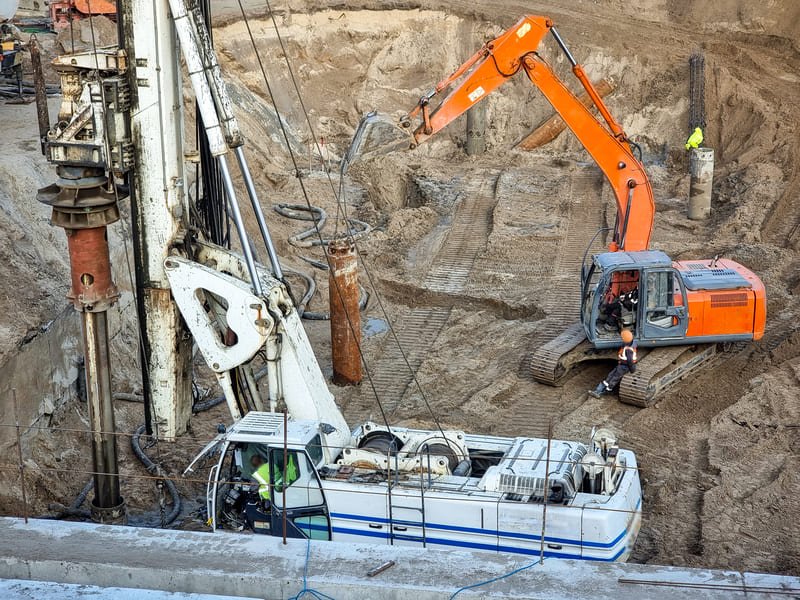
Initial Investment vs. Long-Term Savings
When considering DTH drill bits12, it's crucial to weigh the initial investment against potential long-term savings. I remember the first time I was faced with choosing between DTH drill bits and more traditional options. The sticker shock was real—DTH bits were definitely pricier. But a mentor once told me, "Sometimes, you pay more to pay less," and that phrase stuck with me. These bits, crafted with cutting-edge technology, promise durability and efficiency. They don't need frequent replacements or constant repairs, which means operational costs drop significantly over time.
Efficiency in Hard Rock Formations
The efficiency of DTH drill bits in hard rock formations is another factor influencing cost implications. Picture this: you're standing over a rugged piece of land, and the clock is ticking. With DTH drill bits, their percussive action combined with rotation slices through hard rock like butter. This efficiency translates to less time spent drilling and lower labor costs. Plus, you avoid hefty equipment rental fees when every hour counts.
Reduced Wear and Maintenance Costs
The first time I realized how much money I could save on maintenance was a game-changer. DTH drill bits are designed to minimize vibrations, meaning less wear on your precious equipment. Their design minimizes energy loss, easing the strain on the entire setup. This feature reduces energy loss and results in fewer maintenance requirements and less downtime for repairs, allowing for continuous operation and enhanced productivity.
Versatility Across Various Conditions
One of my favorite aspects of using DTH drill bits is their adaptability across different drilling conditions. Whether I'm tackling dense rock or softer layers, these bits adjust easily by tweaking air pressure and hammer size. This versatility can eliminate the need for multiple types of equipment, further saving costs associated with purchasing or renting specialized tools for different geological conditions.
Implications in Deep Drilling Projects
In deeper drilling applications—over 30 meters—DTH bits maintain their edge by producing straight and accurate holes crucial for industries like foundation drilling and geothermal wells. I've seen firsthand how their precision helps avoid costly rework or adjustments by minimizing deviations, ensuring both accuracy and financial prudence.
Noise Reduction Benefits
And then there's the peace and quiet—well, relatively speaking! The quieter operation of DTH drilling systems isn’t just a perk for my eardrums but also helps meet noise regulations, avoiding potential fines or penalties while maintaining good relations with nearby communities can prevent delays or additional expenses related to noise control.
Understanding these factors is key to evaluating whether DTH drill bits are the right investment for your project needs. Consider all potential savings in efficiency, maintenance, and adaptability against the initial purchase cost to make an informed decision.
DTH drill bits are more cost-effective for deep drilling.True
Due to efficient energy transfer and reduced wear, DTH is cost-effective.
DTH drill bits are noisier than top hammer systems.False
DTH systems are quieter, beneficial in noise-sensitive areas.
Conclusion
DTH drill bits outperform button bits in hard rock drilling due to superior energy transfer, reduced vibration, enhanced accuracy, and cost-effectiveness for deep projects, ensuring optimal performance.
-
Learn how efficient energy transfer boosts drilling performance. ↩
-
Explore how DTH drilling optimizes geological assessments. ↩
-
Understand the economic advantages of using DTH systems. ↩
-
Understand noise compliance in urban drilling zones. ↩
-
Explore cost advantages of using DTH for overburden. ↩
-
Learn how DTH enhances energy transfer compared to button bits. ↩
-
Discover how DTH and button bits adapt to various geological conditions. ↩
-
Learn why precision is vital for safe and efficient offshore operations. ↩
-
Discover how precision enhances safety in hazardous mining environments. ↩
-
Explore innovations that boost precision and efficiency in drilling. ↩
-
Find out how precision aids quick recovery in urgent repair situations. ↩
-
Explore detailed analyses on balancing upfront costs with future savings. ↩



